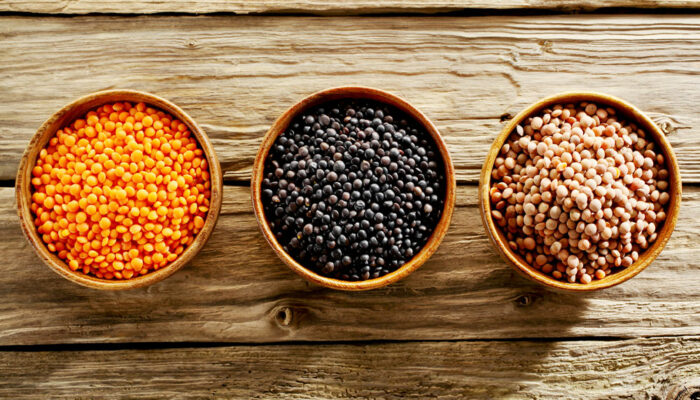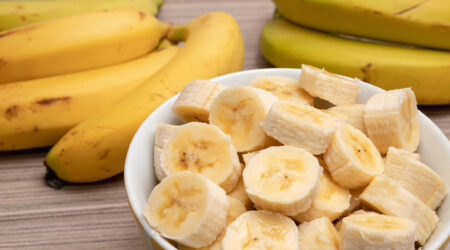
10 Foods to Eat to Manage Period Pain
Do you ever dread that time of the month, with period pain making it difficult to focus on anything else? It’s common for women to experience uncomfortable cramps and bloating before the start of their menstrual cycle. However, natural ways, such as hot water bags and certain foods, can help somewhat manage the discomfort. Check out ten healthy food items one can incorporate into one’s daily meal plan for managing period-induced cramps and body pain. What is period pain? Period pain (dysmenorrhea or menstrual cramps) is common for many women during their menstrual cycle. This pain varies in severity and tends to be felt in the lower abdomen and pelvic area. The primary cause of period pain is contractions of the uterus during menstruation, which may affect daily activities, such as walking, working out, or concentrating, if severe. In some cases, hormone imbalance (high prostaglandin levels) or heavy bleeding can contribute to the intensity of pain experienced. Period pain typically occurs in the days leading up to or during menstruation. PMS, or pre-menstrual syndrome, usually involves cramps and other uncomfortable physical symptoms such as bloating, fatigue, sore breasts, and headaches. Thus, managing this pain becomes imperative, especially when you have important events to attend, such as going to work/school or heading out for grocery shopping. Foods to eat to relieve period pain Lentils Lentils contain isoflavones and phytoestrogens that mimic the effects of estrogen (which the body needs to reduce cramps) and help reduce inflammation. Eating lentils regularly can relieve cramping and other symptoms associated with period pain. They are also great for increasing iron levels in the body, which in turn helps to reduce fatigue, one of the most common symptoms associated with periods. Quinoa Quinoa is a grain-like seed with essential nutrients proven to combat period pain and mood swings.
Read More 









